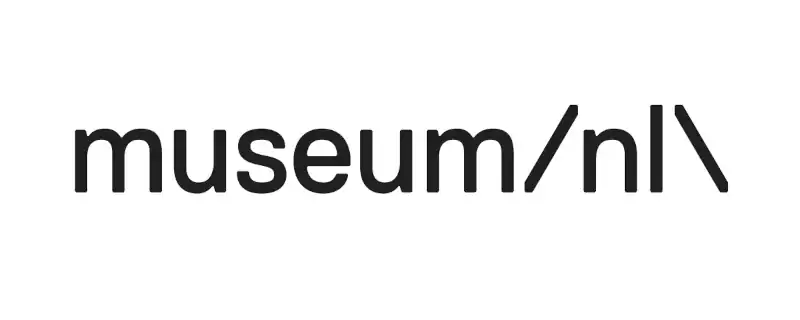Benefits of Using Online Queues
Understanding the advantages of online queues can change how you view them. They offer significant benefits that enhance digital interactions.
Reducing Wait Times
Online queues help cut down on wait times by organising visitors efficiently. Instead of everyone trying to get in at once, the queue manages entry smoothly. This system can significantly reduce the time you spend waiting.
By controlling the flow of users, queues prevent overcrowding. This means quicker access once it's your turn. In essence, a well-managed queue can make your wait feel shorter.
Improving Customer Satisfaction
A well-functioning queue can improve satisfaction by offering a fair and transparent process. When you know your place in line and see progress, it reduces frustration. This approach builds trust between you and the service provider.
By ensuring fair access, businesses enhance customer loyalty. You’re more likely to return if you feel valued and treated fairly. Thus, queues aren't just about waiting; they're about creating a positive experience.
Managing High Demand
Queues shine when demand spikes unexpectedly. They allow businesses to manage high traffic without compromising service quality. By controlling the flow of users, queues ensure stability.
This stability is crucial during big events or sales. It keeps websites from crashing, allowing you to complete your transaction smoothly. In this way, queues support both businesses and customers during high-demand periods.
Challenges with Online Queues
Despite their benefits, online queues aren't without challenges. Understanding these hurdles can help set realistic expectations.
Technical Issues and Downtime
One major challenge is technical glitches. Systems can fail, leading to downtime and user frustration. When a queue system crashes, it disrupts the entire process.
These technical issues can be due to various factors, from software bugs to server overloads. It's crucial for businesses to maintain and update their systems regularly to prevent such problems.
User Frustration and Abandonment
Long wait times can lead to frustration and abandonment. If users feel the queue isn't moving, they might leave the site altogether. This abandonment impacts businesses, leading to lost sales and opportunities.
To combat this, businesses must ensure their queues are as efficient and transparent as possible. Keeping users informed about their wait can mitigate frustration and reduce abandonment rates.
Fairness and Priority Concerns
Fairness is a significant concern in online queues. Users want to feel that the system treats everyone equally. If some users perceive unfair priority, it can lead to dissatisfaction.
Maintaining transparency in how queues prioritise users is vital. Businesses must communicate clearly to assure users of the system's fairness. This transparency builds trust and confidence in the queuing process.
The Future of Online Queues
Looking ahead, online queues are poised for evolution. Emerging trends and technologies promise exciting changes.
Trends in Virtual Queuing
One trend is the use of virtual queuing in more industries. From healthcare to retail, sectors are adopting queues to manage demand. This wider adoption enhances service delivery, making processes smoother.
As more businesses recognise the benefits, virtual queues will become a standard. This trend points to a future where queues are an integral part of digital interactions.
Innovations on the Horizon
Technological advancements are set to revolutionise virtual queuing. Features like real-time updates and personalised wait times are becoming common. These innovations aim to improve user experience, making queues more engaging.
As these technologies develop, users can expect a more interactive and satisfying wait. Innovations will continue to enhance the queuing process, reducing frustration and improving efficiency.
Potential for Wider Adoption
With ongoing advancements, the potential for wider adoption of online queues is significant. As more industries see the benefits, queues will become a staple in managing demand.
This adoption means a future where queues are ubiquitous. From securing concert tickets to booking appointments, queues will streamline processes. Embracing this future can offer better experiences for both businesses and users.






















